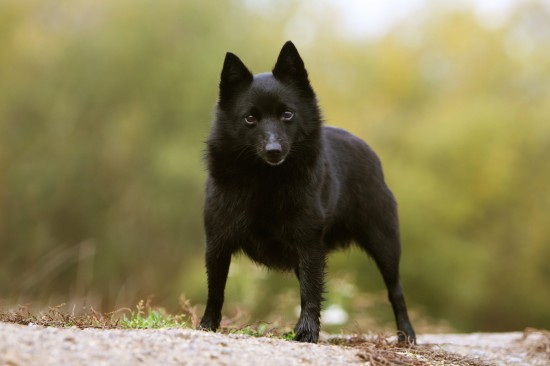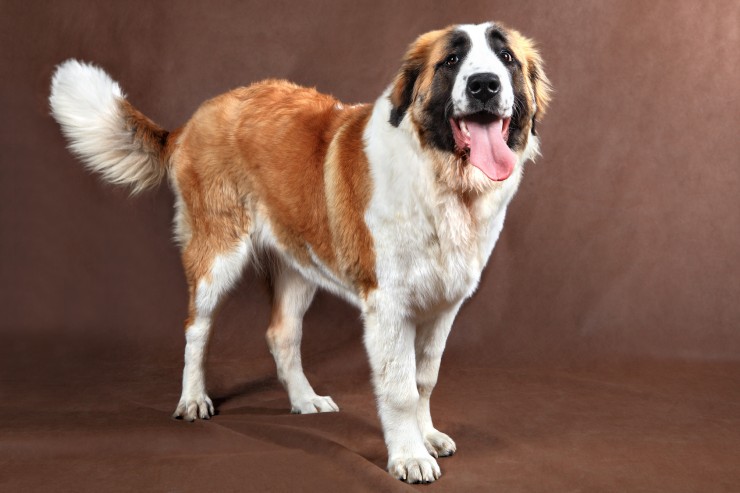Being curious animals with hearty appetites, Labrador Retrievers usually chew on anything that catches their attention. They might get interested in eating insects or dead animals as well as plants in the garden. Unfortunately, there are some plants in which certain parts are poisonous. There are also plants in which all parts are poisonous. Maybe you are not aware that your favorite asparagus fern contains various poisons that cause vomiting, abdominal pain, cramps and even heart, respiratory and kidney problems.
Apart from asparagus fern, other house plants dangerous to your Labrador Retrievers are aloe vera, rubber plant, schefflera, poinsettia and outdoor plants such as azalea, rhododendron, hibiscus and lily of the valley. Even our all-time favorite chocolate is poisonous to dogs. Chocolates can cause diarrhea, vomiting and in severe cases heart arrhythmias. So don't think that not sharing to your dog a part of your chocolate is an act of being selfish. Don't feel guilty! You simply don't want him to suffer and most of all, you don't want him dead.
Suspicions that you're dog is poisoned may arise when one or more of these signs are present:
- mouth or skin irritation
- drooling
- diarrhea
- seizures
- mental depression
- weakness
- uncoordinated gait
- vomiting
- breathing difficulty
- coma
- blood in urine
- blood in stool
- nose bleeding
However, symptoms vary depending on the poisonous substance. If you suspect that your dog is poisoned, you need to identify the poison first before any treatment is given. If you are sure that your dog swallowed kerosene, gasoline, alkali or acid, induce vomiting is not required. Instead, provide milk for poison dilution and seek veterinary help immediately. Read the labels of poison bottle/container. You might find out any recommended antidote. If you know that your dog ate but you don't know what it is, take him to your vet for examination. Treatment is based on the result of the examination and symptoms present. That is why it is important to determine what your dog swallowed.
If the poisonous substance affects his fur or skin, bathe him thoroughly. Wash the spot with soap and water immediately, or give him a complete bath in lukewarm water. It is important to remove the substance off his fur so that he won't be able to lick and swallow it. Contact your vet immediately if you think he has already been licking the substance.
You should always remember that poisonous symptoms should be addressed immediately because any delay would threaten your dog's life.

 The Ragdoll - The Cat Who Thinks Its A Dog!
The Ragdoll - The
The Ragdoll - The Cat Who Thinks Its A Dog!
The Ragdoll - The
 Lowchen Dog Hereditary Health And Genetic Diversity
Lowchen Dog Hered
Lowchen Dog Hereditary Health And Genetic Diversity
Lowchen Dog Hered
 Schipperke Dog Hereditary Health And Longevity
Schipperke Dog He
Schipperke Dog Hereditary Health And Longevity
Schipperke Dog He
 Larger Dog Breeds And Digestive Issues
Larger Dog Breeds
Larger Dog Breeds And Digestive Issues
Larger Dog Breeds
 Some Special Cat Care Considerations To Bear In Mind If You Live In A Flat
Some Special Cat
Some Special Cat Care Considerations To Bear In Mind If You Live In A Flat
Some Special Cat